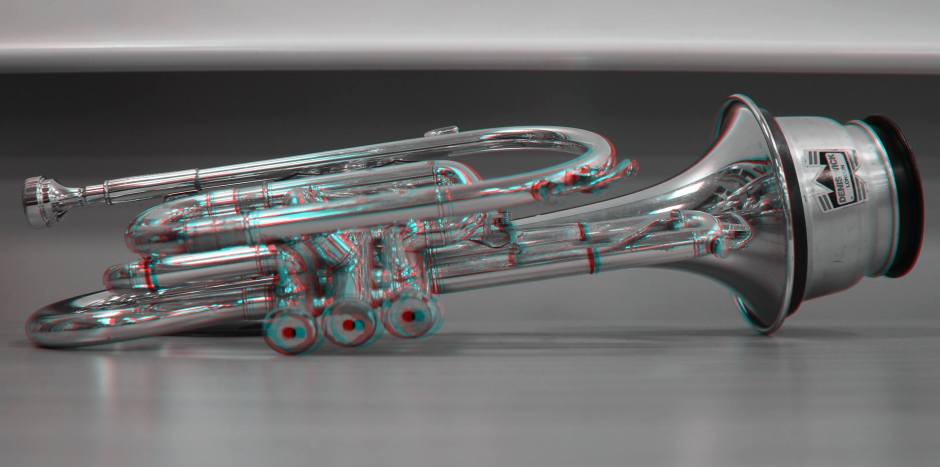 CONTACT INFORMATION:
CONTACT INFORMATION:
Adam Wermus | amwermus@gmail.com | 757-333-2488
Hello and welcome to the Physical Simulation Page! The videos compare different solvers to see how to best solve the equations of motion in a simulation. Different numerical methods are compared based on their performance with analyzing energy conservation after collisions, flexibility, step size, and time to compute.
The following numerical methods are analyzed: Explicit Euler, Semi-Implicit Euler, Implicit Euler, Velocity Verlet, Runge-Kutta 2nd Order Midpoint Method, Runge-Kutta 4th Order, Generalized-Alpha, BDF2, and Parker-Sochacki at different orders.
ENERGY CONSERVATION AFTER COLLISIONS
| Newton’s Cradle Multiple Simultaneous Collisions |
| Energy Conservation after Collisions With Boundaries | Energy Conservation after Collisions With Bobs | Energy Conservation after Multiple Collisions in a Step |
COMPARING EXPLICIT EULER, SEMI-IMPLICIT EULER, VELOCITY VERLET, RUNGE-KUTTA 2ND ORDER MIDPOINT, RUNGE-KUTTA 4TH ORDER, AND PARKER-SOCHACKI AT VARIOUS ORDERS
| Flexibility of Springs | Conservation of Energy on a Pendulum | 3-Body Largest Possible Time Step |
To see a mathematical step by step or code, the sections above go into more detail. I also have section for Stereoscopy where I created 3D images of a cornet, Motion Capture where I replicated a form from the James Madison University Tae Kwon Do Club, and a Trumpet Research section where I created a 3D mouthpiece, submerged a trumpet in liquid nitrogen, and experimented with putting helium and Sulfur Hexafluoride through the trumpet. My resume is at the bottom.
| Stereoscopy | Motion Capture | Trumpet Tube |
 |